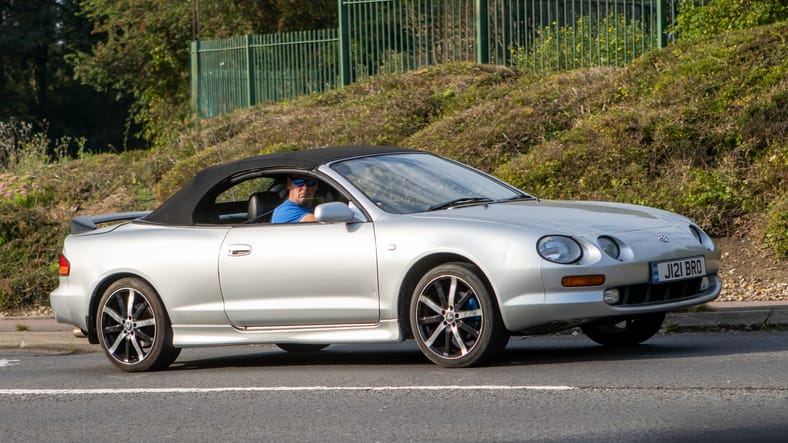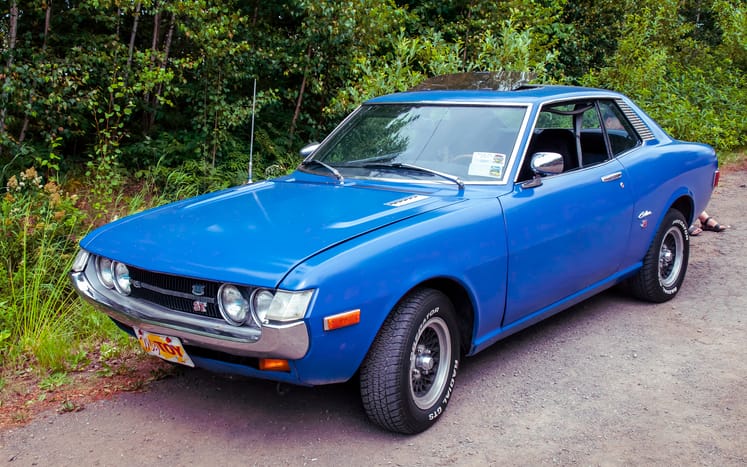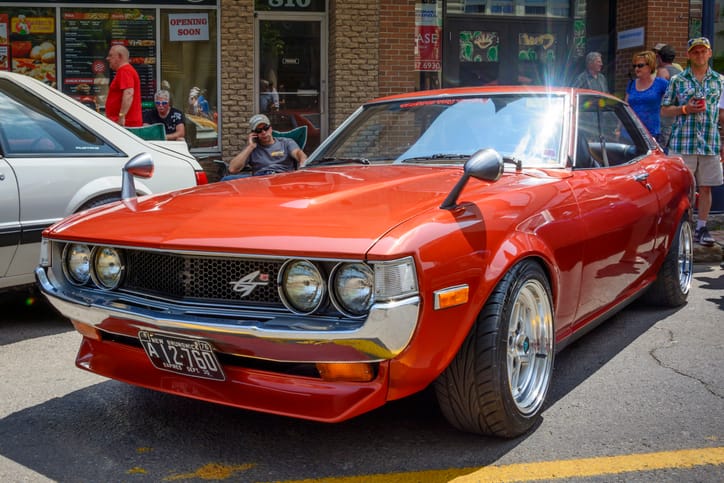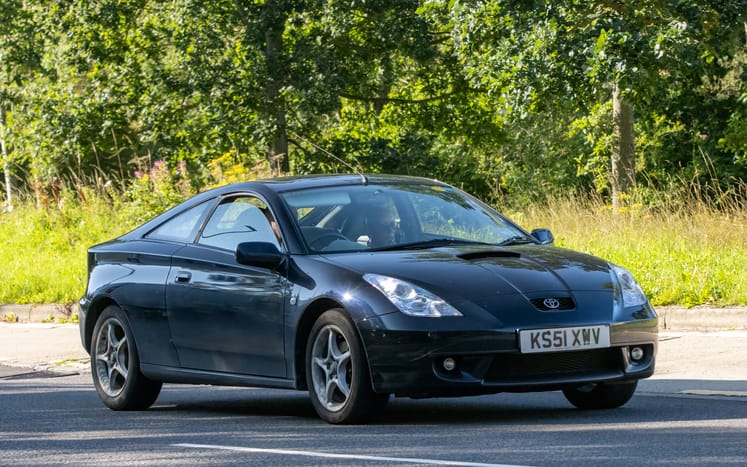Toyota Celica: A Look Back at a Celestial Journey

The Toyota Celica, with its name derived from the Latin word "coelica" meaning "heavenly" or "celestial," lived up to its moniker for over three decades. From 1970 to 2006, this sporty car carved a niche for itself in the automotive world, captivating drivers with its performance, style, and reliability. This article delves into the rich history of the Celica, exploring its seven generations and the impact it left on the car enthusiast community.
From Humble Beginnings to Liftback Innovation (1970-1977): Generations 1 & 2
The first generation Celica debuted in 1970, offered as both a coupe and a notchback sedan. It was a time of increasing competition in the sports car segment, and Toyota aimed to deliver a capable and affordable option. The Celica, powered by various four-cylinder engines, quickly gained recognition for its nimble handling and responsive steering.

1973 marked a turning point with the introduction of the second-generation Celica. This generation introduced the world to the "liftback" design, a term coined by Toyota itself. The liftback offered the practicality of a hatchback with the sleek lines of a coupe, a design element that would become synonymous with the Celica throughout its lifespan.
Rise of a Rally Legend (1978-1985): Generations 3 & 4
The third and fourth generations of the Celica solidified its reputation as a true performer. These iterations saw a focus on weight reduction, improved aerodynamics, and more powerful engines. The Celica GT-S, with its high-revving powerplant and sharp handling, became a favorite among driving enthusiasts.

This era also witnessed the Celica's rise in the world of rally racing. The rear-wheel-drive platform and well-balanced chassis made it a formidable competitor. Drivers like Carlos Sainz and Björn Waldegard achieved podium finishes in the grueling World Rally Championship, further etching the Celica's name in motorsport history.
Convertibles and the All-Trac System (1986-1994): Generations 5 & 6
The introduction of the fifth generation in 1986 brought a significant change: a convertible variant alongside the traditional liftback. This generation also saw the refinement of the Celica's design language, with smoother curves and a more modern aesthetic.
The sixth generation, launched in 1989, offered a groundbreaking innovation: the optional all-wheel-drive system called All-Trac. This feature, a rarity in sports cars at the time, provided superior handling and all-weather capability, making the Celica an even more versatile option.
The Final Chapter: A Return to Simplicity (1995-2006): Generation 7
The final generation of the Celica, introduced in 1995, marked a return to a more focused approach. The design became more streamlined, and the focus shifted back to pure driving enjoyment. The Celica GT-S received a powerful naturally-aspirated engine, delivering a thrilling driving experience.

However, the sports car market was evolving. The rise of affordable front-wheel-drive coupes, coupled with economic factors, led to the Celica's production ending in 2006. Despite this, the Celica left a lasting legacy, inspiring a generation of car enthusiasts and leaving an undeniable mark on Toyota's history.
Beyond Generations: The Celica's Cultural Impact
The Celica's influence transcended the realm of car sales and performance. It became a cultural icon, appearing in movies like "The Fast and the Furious" and video games like "Gran Turismo." The car's timeless design and association with performance continue to resonate with enthusiasts worldwide.
A Legacy of Performance and Innovation
The Toyota Celica's story is one of continuous evolution and adaptation. From its humble beginnings to its status as a rally legend and cultural icon, the Celica left an undeniable mark on the automotive world. Its legacy of performance, innovation, and timeless design continues to inspire car enthusiasts today.
